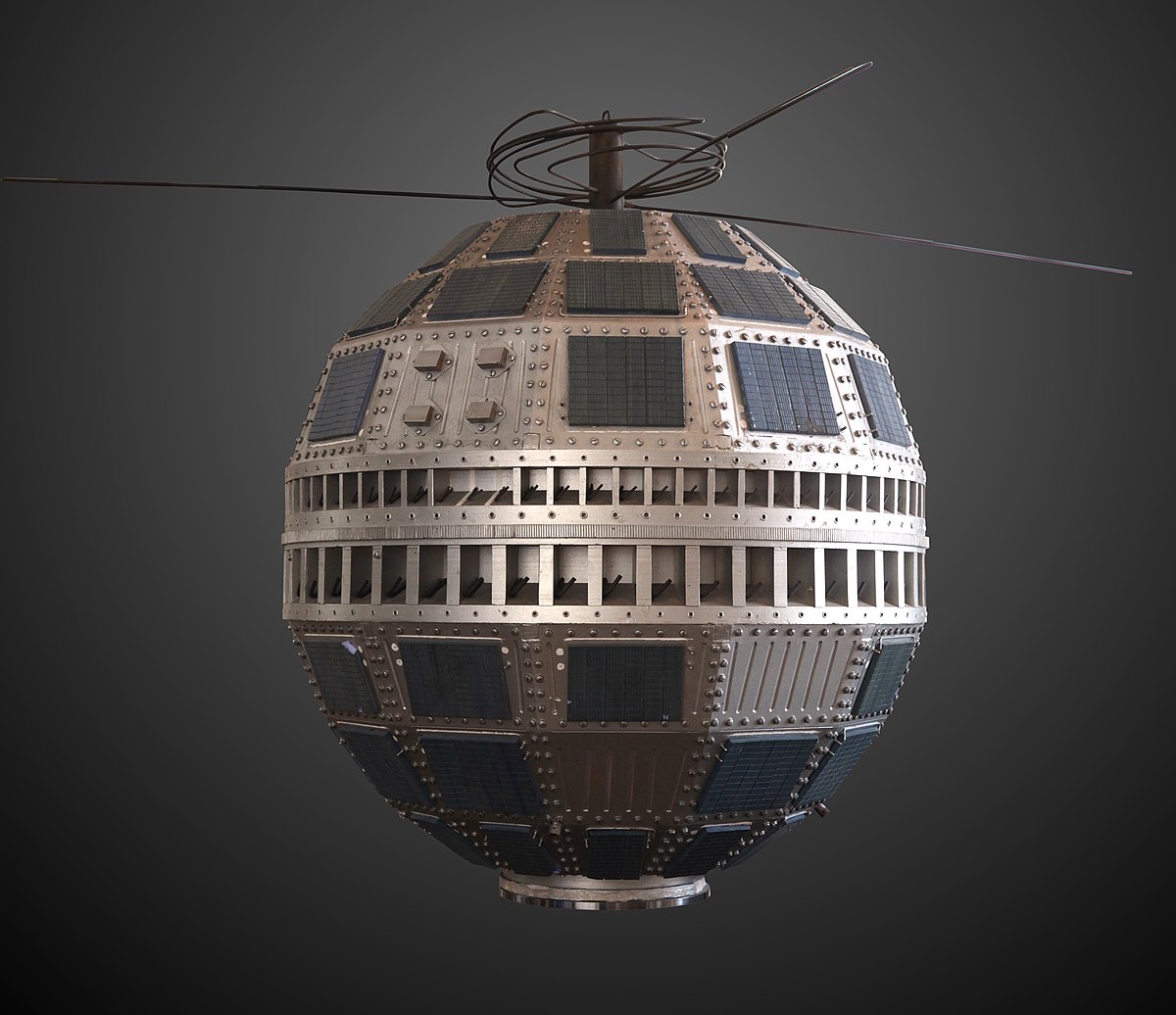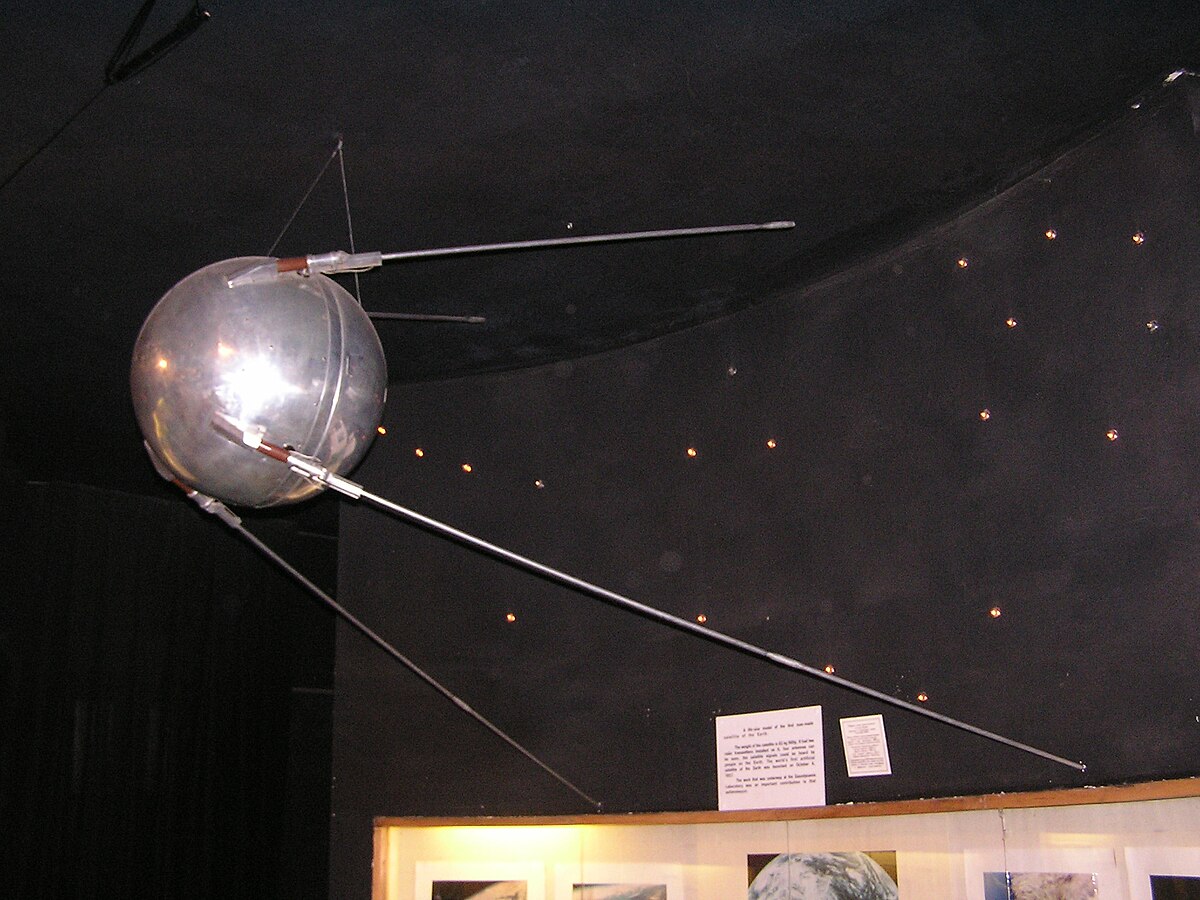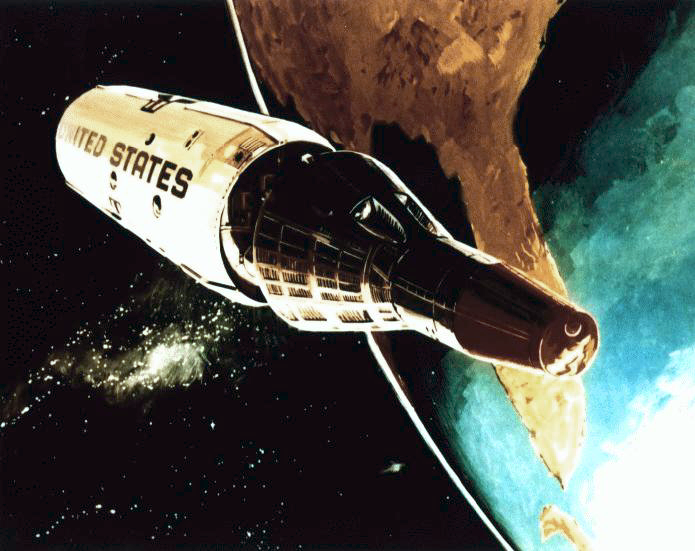The Manned Orbiting Laboratory (MOL) was part of the United States Air Force (USAF) human spaceflight program in the 1960s. The project was developed from early USAF concepts of crewed space stations as reconnaissance satellites, and was a successor to the canceled Boeing X-20 Dyna-Soar military reconnaissance space plane. Plans for the MOL evolved into a single-use laboratory, for which crews would be launched on 30-day missions, and return to Earth using a Gemini B spacecraft derived from NASA's Gemini spacecraft and launched with the laboratory.
The MOL program was announced to the public on 10 December 1963 as an inhabited platform to demonstrate the utility of putting people in space for military missions; its reconnaissance satellite mission was a secret black project. Seventeen astronauts were selected for the program, including Major Robert H. Lawrence Jr., the first African-American astronaut. The prime contractor for the spacecraft was McDonnell Aircraft Corporation; the laboratory was built by the Douglas Aircraft Company. The Gemini B was externally similar to NASA's Gemini spacecraft, although it underwent several modifications, including the addition of a circular hatch through the heat shield, which allowed passage between the spacecraft and the laboratory. Vandenberg Space Launch Complex 6 (SLC-6) was developed to permit launches into polar orbit.
As the 1960s progressed, the Vietnam War competed with the MOL for funds, and resultant budget cuts repeatedly postponed its first operational flight. At the same time, automated systems rapidly improved, narrowing the benefits of a crewed space platform over an automated one. A single uncrewed test flight of the Gemini B spacecraft was conducted on 3 November 1966, but the MOL was canceled in June 1969 without any crewed missions being flown.
Seven of the astronauts transferred to NASA in August 1969 as NASA Astronaut Group 7, all of whom eventually flew in space on the Space Shuttle between 1981 and 1985. The Titan IIIM rocket developed for the MOL never flew, but its UA1207 solid rocket boosters were used on the Titan IV, and the Space Shuttle Solid Rocket Booster was based on materials, processes and designs developed for them. NASA spacesuits were derived from the MOL ones, MOL's waste management system flew in space on Skylab, and NASA Earth Science used other MOL equipment. SLC-6 was refurbished, but plans to have military Space Shuttle launches from there were abandoned in the wake of the January 1986 Space Shuttle Challenger disaster.
Background



